Digital transformation has become a pervasive force reshaping how businesses operate and interact with their customers in today’s rapidly evolving technological landscape. As organizations strive to stay competitive and relevant, embracing digital transformation is a must.
But what is digital transformation? What does it mean to enterprises? What are the costs and benefits? What challenges and solutions does it bring? And why is everyone talking about it?
Digital transformation encompasses integrating advanced technologies to optimize business processes, enhance customer experiences, and drive innovation. It involves leveraging digital tools and platforms to adapt to the changing market dynamics and meet the evolving expectations of tech-savvy customers. By embracing digital transformation, companies can unlock new opportunities, improve operational efficiency, and gain a competitive edge in the digital era.
One crucial aspect of digital transformation is digital adoption, which refers to the successful integration and utilization of digital technologies across all levels of an organization. The latest software, platforms, applications, and tech promise so much, but you may still find shortcomings and the odds of a failed digital transformation project is quite high. According to McKinsey study, 69% of digital transformation projects fail.
If you plan to introduce new software or other digital transformation initiatives, it means nothing if nobody uses it correctly, efficiently, or at all. Businesses can leverage Digital Adoption Platforms and solutions to navigate the complexities of user resistance, training gaps, reporting inefficiencies, and evolving processes. These platforms provide comprehensive guidance, training, and support to effectively ensure seamless implementation and utilization of digital tools and applications.
Direct investments into digital transformation are projected to reach a staggering 7.8 trillion dollars between 2020 and 2024. This substantial investment reflects the growing recognition of the transformative potential of digital technologies across industries. Companies of all sizes are allocating significant resources to embrace digital transformation initiatives, recognizing the need to stay ahead in an increasingly digitized world.
Digital transformation initiatives empower companies to transform their business models, streamline processes, and capitalize on emerging technologies such as artificial intelligence (AI), cloud computing, and augmented reality/virtual reality (AR/VR). By harnessing the power of these technologies, organizations can improve productivity, accelerate decision-making, and enhance customer engagement.
Let’s explore the transformative potential of digital adoption and highlight the key strategies and best practices for successful digital transformation. Navigate the exciting world of digital transformation and discover how it can revolutionize businesses and reshape industries in the digital age.
What is Digital Transformation?
Digital transformation is the process of using modern technologies to create or modify new business processes, cultures, and experiences to meet the ever-changing needs of customers.
For the past 6 decades, we have witnessed technology’s role increasing exponentially, and so is the rate of change. With access to the Internet and the advent of cloud-based and on-prem software solutions, tech adoption becomes evident and ranks higher in recent OKR and organization goal planning.
The evolution of digital solutions led to mobiles, cloud applications, remote data analysis, AI, and AR/VR. Apple recently announced their latest tech initiative and ChatGPT (OpenAI) continues to wow and disrupt our way of thinking about digital initiatives and our evolving workplace. Harvard Business Review even refers to ChatGPT as the AI tipping point. But there tend to be mixed reviews along the way.
Tech Evolution Snapshot for Enterprises
The pandemic has accelerated Digital transformation efforts, and as a result, companies of all sizes are investing in new digital trends. According to IDC, digital transformation investments will reach $6.8 trillion by 2023.
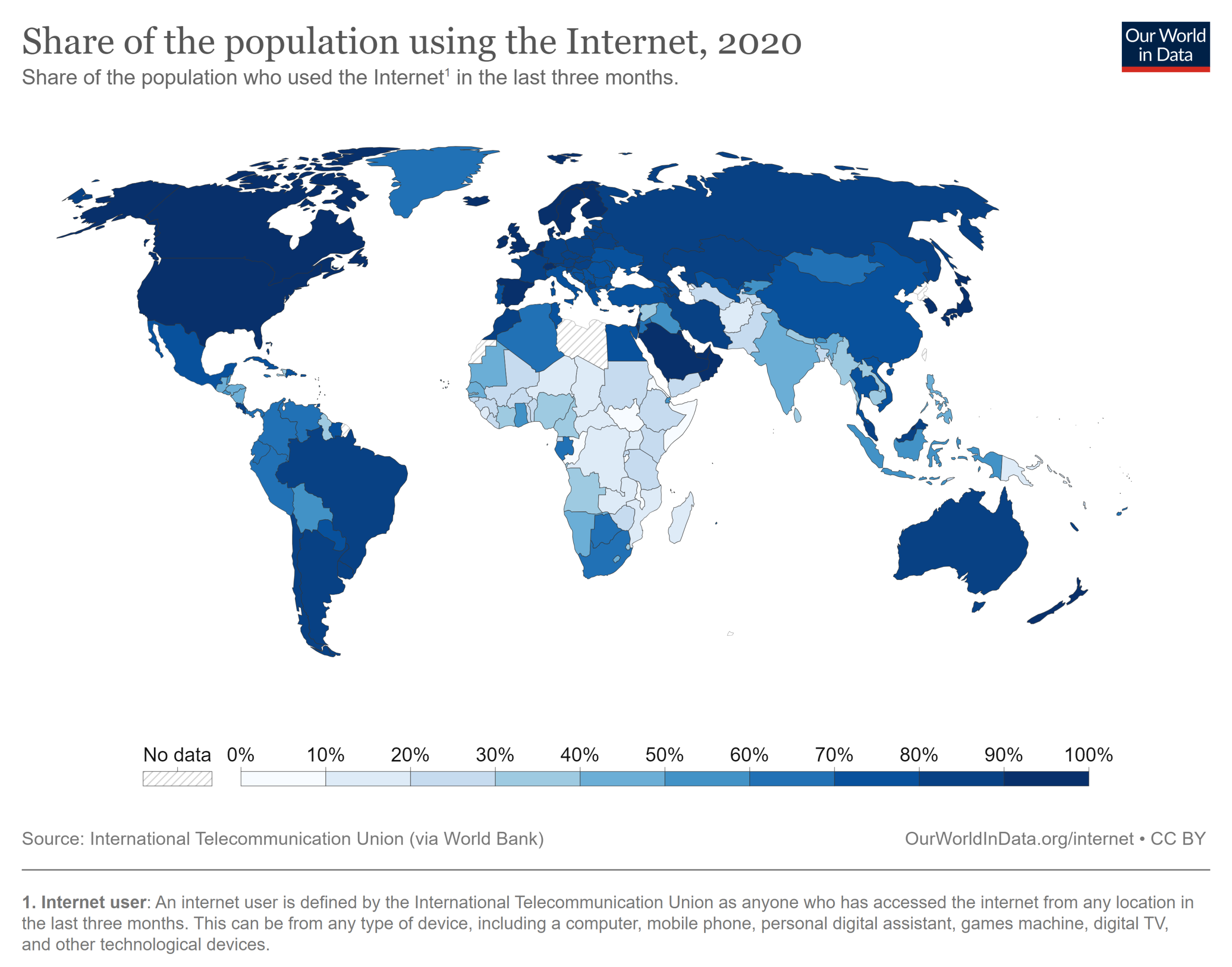
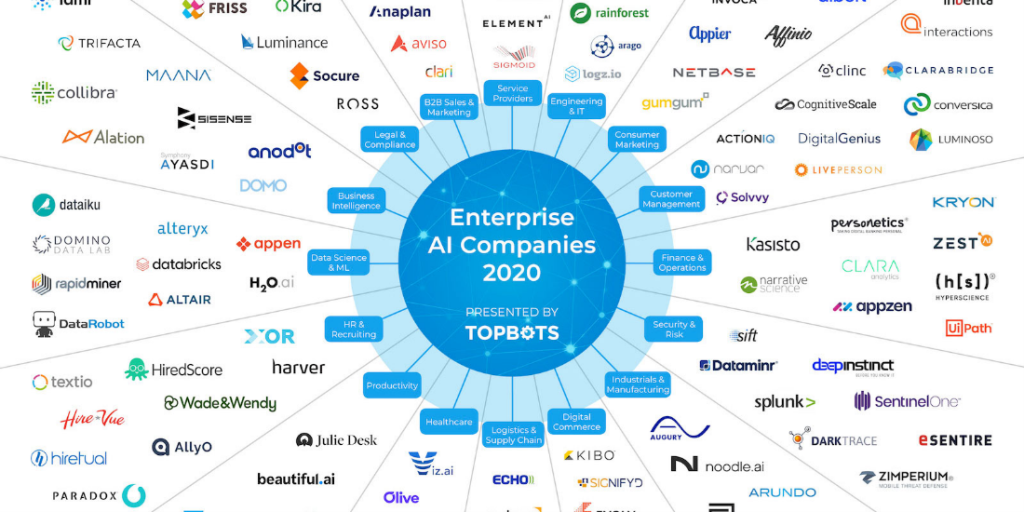
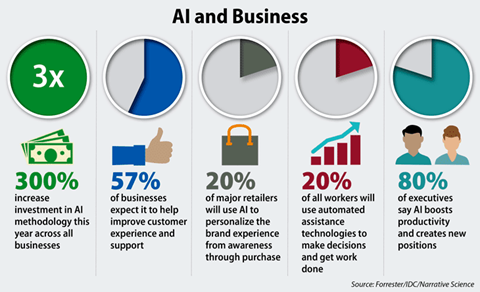
Digital transformation initiatives go beyond technologies and help companies revamp their business models and adopt robust platforms that can enable growth. The ultimate aim is to create an economy of scale and meet customers’ demands.

What is the importance of Digital Transformation?
Digital transformation helps organizations to improve their operational efficiency for the better. The transformation enables internal and external collaboration, improves business innovation, enhances employee experience, personalizes customer engagement, and is powered with in-depth insights gathered across different platforms that help to make crucial business decisions.
The Benefits of Digital Transformation
1. Effective workforce:
The business world has accepted the hybrid work model following the Covid-19 pandemic. Organizations are looking for ways to enable their employees to help them perform better, achieve more, and reduce human error, irrespective of their workplace location.
Applications for conferencing, project management, change management, HR engagement, and many other SaaS tools that companies believed were “nice to haves” became “must to haves” overnight. Companies use technologies and build digital strategies to help employees to collaborate, communicate, and gain oversight no matter where an employee engages: a desk at home or across the globe in a satellite office.
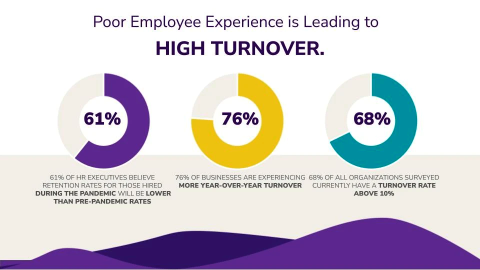
Companies are going through a resource crunch and, to stay competitive, they turn to these tools to help them achieve more with less. Features like automation, contextual guidance, proactive analytics, and centralized communications become key solutions as departments shrink during department reorganizations and layoffs. As their employees’ time becomes more precious and valuable, enterprises need to think about software user experiences more carefully to reduce monotonous admin tasks and to find helpful ways to help staff utilize more of their software features to their advantage.
Businesses are also under immense pressure to provide employees with the same digital experiences, framework, and resources that they’ve become accustomed to outside of work to perform better in the workplace. Not having a proper supportive digital infrastructure could hinder your employees from reaching project deadlines, offering the best services to your customers, and feeling like they can make an impact at a larger level in the organization. A bad software experience and delayed IT support can result in higher employee churn. Their digital experience can make their jobs easier, harder, or irrelevant depending on your implementation and rollout strategy.
2. Omnichannel experience
The market is filled with too many products, and the competition is increasing at an exponential rate. CIOs and CTOs face SaaS sprawl and software shelfware. But it may not be the software. Your employees may be using it incorrectly, insufficiently, or not at all. Enterprises tend to consolidate SaaS, reduce new software spends, or invest more in training because they know the importance of an omnichannel experience. It’s essential to offer a holistic, integrated, and cohesive approach to the digital customer and employee experience (CX and EX, respectively) no matter when or where they use it.
Customers are looking for better, more efficient, and easy-to-adopt solutions. Businesses should provide a cohesive experience to their customers across the platform to reduce buying stress and gain their confidence.
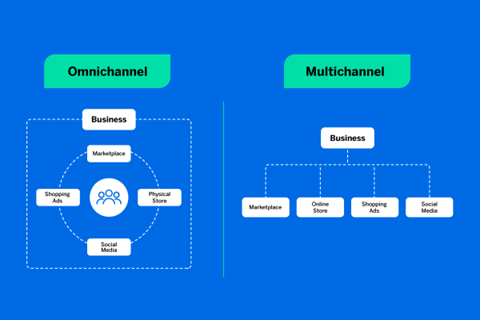
Omnichannel experiences for employees support overarching organizational goals, boost productivity, and help retain talent because it focuses on adding resources that improve the well-being of the employee’s workplace experience beyond the HR function. The omnichannel digital experience consists of individual touchpoints over a variety of channels that seamlessly connect for an overall positive EX. This could include software adoption solutions that span all your tech stack for a seamless guided experience to help employees complete full processes accurately and on time.
The primary goal of any company’s digital transformation initiative is to keep the interests of its customers and employees first. Some invest in applications like chatbots and AI that can help them understand the needs of their customers and resolve their grievances in real time. Others invest in Digital Adoption Platforms to close software learning gaps.
3. Secured network
Businesses are bombarded with data, and IT leaders are tasked to manage and secure it. This is becoming extremely complex because 66% of the organizations encountered ransomware-related activity.
The security threats will only increase as companies opt for a hybrid work model to avoid disruption. Due to this, companies need to adapt their infrastructure to meet their employees’ different needs. IT leaders must stitch security strategies along with their digital transformation initiatives. They must create security compliance that aligns with office and remote employees.

Besides on-prem solutions, enterprises turn to cloud-based solutions to address the new hybrid workforce. Enterprise software adoption solutions offer in-app cloud-based guidance without major integrations or tech stack integrations, which could compromise security. CIOs tend to lean towards this solution for software process adoption because it not only offers less security risks but also reduces IT support tickets, lowers training costs, decreases software shelfware, and offers business process ownership and democratization to other departments with less reliance on IT.
4. Improved Decision Making
Good digital transformations empower organizations to make data-driven decisions, enabling better insights and foresight into their operations. By leveraging advanced analytics and business intelligence tools, businesses can gather, analyze, and interpret vast amounts of data from various sources.
These insights help leaders understand customer behavior, market trends, and internal processes, facilitating informed decision making. With real-time data at their disposal, organizations can identify areas for improvement, optimize strategies, and respond swiftly to changing market dynamics.
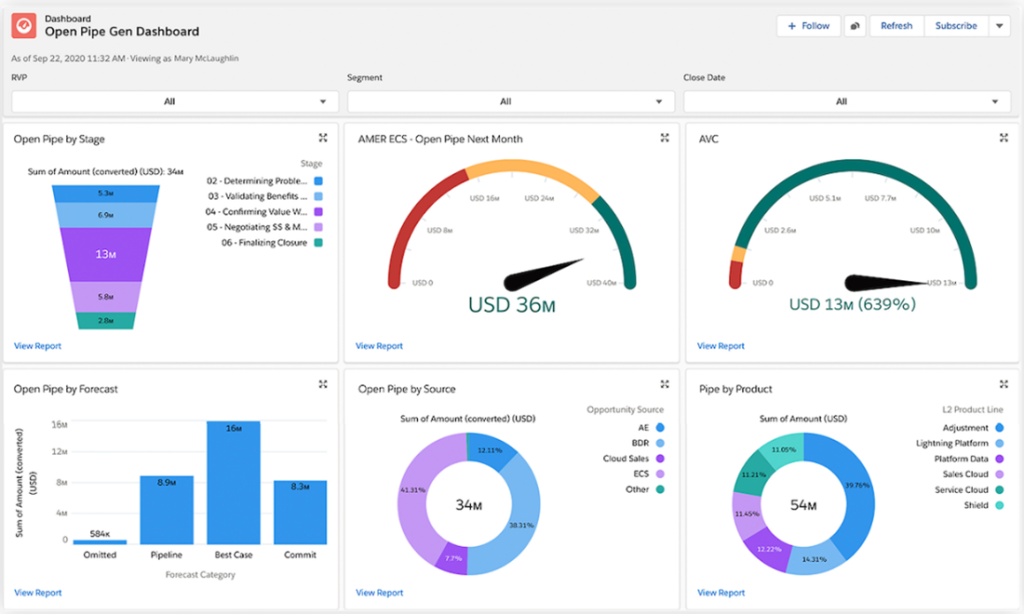
To the same extent, software advancements can help ensure data hygiene: reducing data redundancies and duplication’s, data field input errors, and skipped fields necessary for correct and useful reporting. Leaders may question the value of their software as they pull inaccurate reports, but they may just need a cloud-based guidance tool for proper in-app training. Sales operations tend to run into these issues between CRMs and their sales team. Business operations and sales leaders can implement process enforcement through software adoption solutions and tools to further their software value and ROI.
5. Increased ROI
Digital transformation initiatives have the potential to deliver significant returns on investment (ROI) for organizations. By embracing digital technologies, businesses can streamline operations, reduce costs, and enhance productivity. Automation of repetitive tasks, process optimization, and improved efficiency contribute to overall cost savings.
Additionally, digital transformation enables organizations to tap into new revenue streams, expand their customer base, and enhance customer experiences, leading to increased sales and revenue generation. By maximizing ROI, businesses can strengthen their competitive edge and drive sustainable growth.
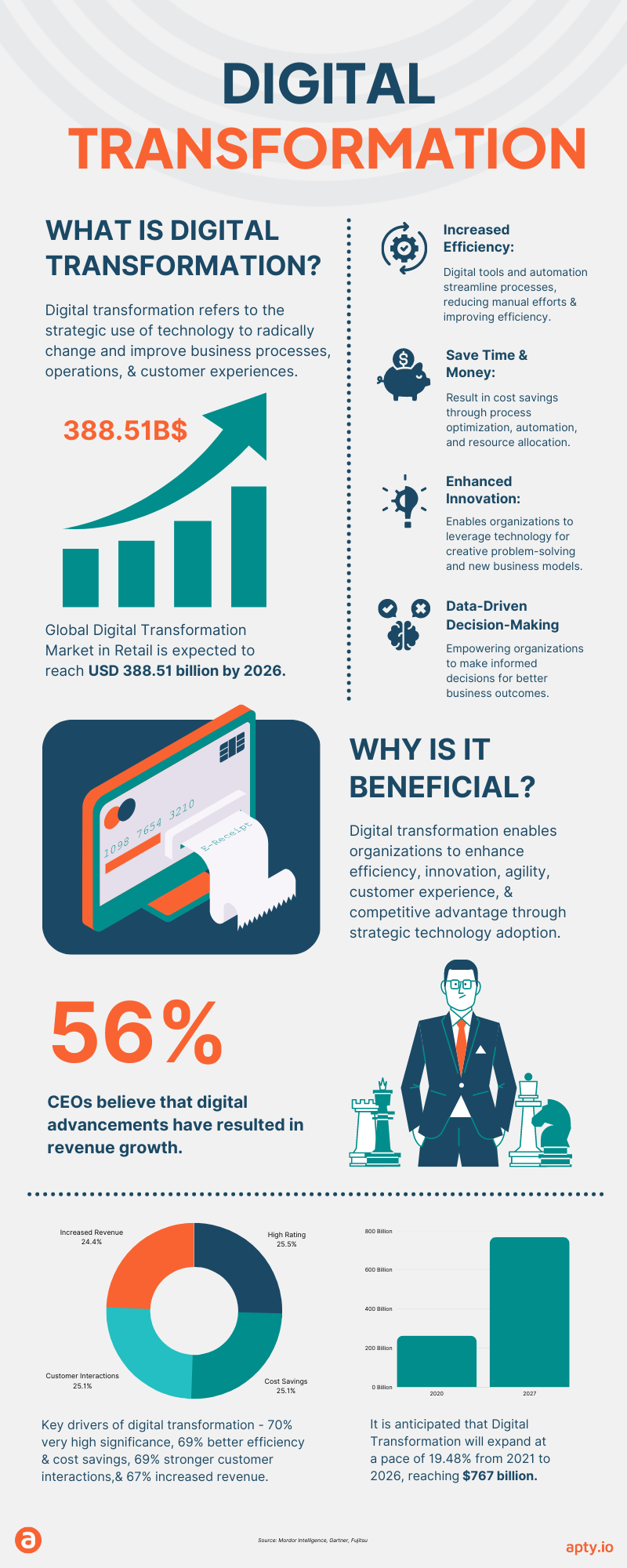
With the influx of applications that employees are inundated with on day 1 of onboarding, you may see your software ROI decrease.
Although we’re talking about digital advancements here, we can’t ignore the human element. Forbes beautifully explains the importance of employee connections and interactions in a digital-heavy workplace. “In fact, according to research, digital fatigue can have severe consequences for employees and organizations alike, such as decreased productivity and, ultimately, higher turnover rates.” Helping employees interact with others as well as their software is key to improving both software ROI and digital employee experiences.
6. Improved customer experience
One of the primary benefits of digital transformation is the ability to improve the customer experience. Digital technologies allow companies to collect and analyze customer data, enabling them to create more personalized and convenient experiences. For example, companies can use data to offer personalized recommendations, provide faster and more convenient customer service, and offer a seamless, omnichannel experience across different touchpoints.
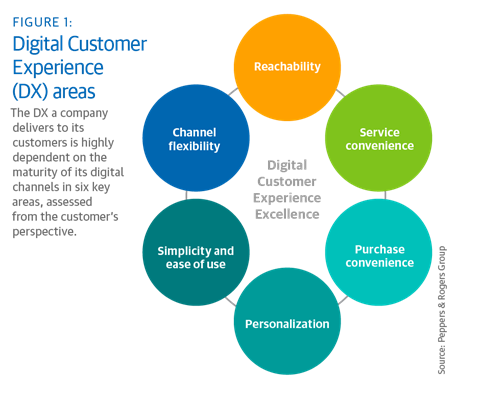
Digital transformation enhances the customer experience and empowers employees through digital employee experience (DEX). By leveraging digital technologies and integrating digital adoption solutions, businesses can offer personalized employee support, faster customer service, and a seamless omnichannel experience.
Since the pandemic, focus on DEX skyrocketed to the forefront of onboarding, training, L&D, change management, and HR strategies. Remote workers relied on accurate and supportive digital resources to perform their jobs effectively and efficiently. Downtime, run time, and shortening time to value lifecycles became the goal of digital transformation initiatives.
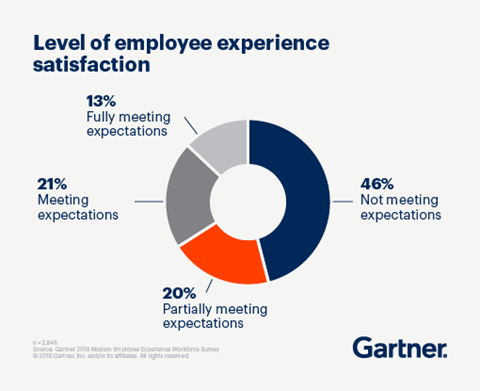
Digital adoption solutions ensure a smooth transition for employees, enabling them to embrace digital tools and deliver exceptional customer experiences.
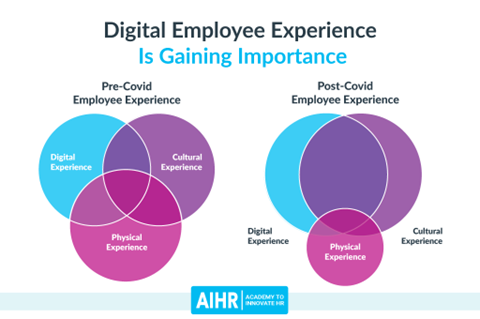
- Improved customer experience (CX): Leverage digital technologies to offer personalized recommendations, faster customer service, and a seamless omnichannel experience.
- Digital employee experience (DEX): Empower employees through digital adoption solutions, enabling them to embrace digital tools and enhance customer experiences.
- Seamless transition: Ensure a smooth transition for employees to adopt digital tools, improving their efficiency and effectiveness in delivering excellent customer experiences.
7. Increased efficiency
Digital transformation can help companies streamline processes and reduce manual work, increasing efficiency and productivity. For example, digital technologies such as automation and robotics can help companies automate repetitive tasks, while cloud computing can help companies reduce the need for on-premise hardware and software. By reducing the time and effort required for manual work, companies can free up resources and focus on more strategic initiatives. With automation also comes fewer errors and improved data integrity.
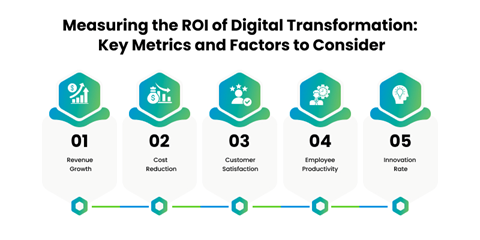
Implementing digital adoption solutions can take you one step further in attaining successful software adoption. DAPs help businesses empower their leaders to own software processes without IT. They also equip employees with the necessary skills and support to embrace digital tools effectively without resistance, enhancing the digital employee experience (DEX) and driving efficiency gains. Digital adoption solutions, such as digital adoption platforms, provide comprehensive training and guidance to transition to digital tools seamlessly. This reduces the learning curve for employees and maximizes their productivity and job satisfaction.
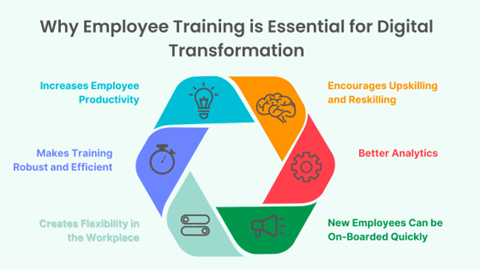
Moreover, cloud computing facilitates the reduction of on-premise hardware and software dependencies. This shift to cloud-based solutions allows businesses to scale operations rapidly, access data from anywhere, and reduce maintenance costs. Digital adoption solutions assist organizations in smoothly transitioning training to cloud-based platforms without requiring security-risk integrations, enabling a more agile and efficient change management strategy for L&D.
With a strong focus on DEX, companies can create a holistic, connected, and productive workplace. Businesses can foster a culture of continuous learning and digital proficiency by providing employees with the necessary training, support, and resources. This, in turn, boosts efficiency and empowers employees to leverage digital tools effectively, resulting in improved overall performance and career advancement.
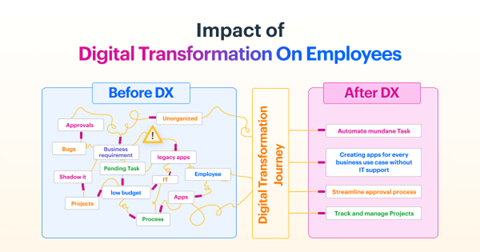
8. Enhanced agility
Digital transformation can also help companies become more agile and responsive to changes in the market. By leveraging digital technologies such as cloud solutions, companies can rapidly scale up or down their operations to respond to changes in demand. Additionally, digital advancements in artificial intelligence (AI), deep learning (DL), and machine learning (ML) can help companies quickly analyze and respond to data, enabling them to make more informed decisions.

In the past few years SaaS solutions have offered us open API integrations to speed up our organizations’ digital progression. OpenAI revolutioned the AI industry and continues to evolve to advance business transformations globally at a faster rate than any other AI release.
Digital transformation empowers companies to navigate the ever-changing business landscape with enhanced agility and responsiveness. By embracing digital technologies like cloud computing, artificial intelligence (AI), and machine learning, organizations can adapt quickly to market shifts and seize new opportunities.
One crucial aspect of achieving agility is ensuring a positive digital employee experience (DEX). As companies undergo digital transformation, supporting employees in embracing and effectively utilizing digital tools and platforms will lead to more promising business transformation success outcomes.
This is where digital adoption solutions can play a role. By giving employees the ability to learn at their own pace with self-help in-app widgets and instantly providing in-app notifications with guided workflows for new process implementations allows a company to improve business processes faster without diminishing or frustrating the end users. DAPs help employees embrace new technologies and leaders to optimize their digital workflows by simplifying the onboarding process, fostering a positive DEX and meeting digital goals faster.
SaaS solutions facilitate the seamless integration of digital technologies into existing businesses processes, minimizing disruption and maximizing efficiency. Software adoption solutions ensure employees adapt to these new processes and tools faster, reducing the learning curve and accelerating the implementation of digital initiatives. With these digital solutions in place, enterprises can update, create, and purchase new software without worrying about resistance, change management bottlenecks, and long onboarding lifecycles. Organizations can respond swiftly to evolving customer demands by optimizing employee adoption and learning.
9. Competitive Advantage
The most significant benefit of digital transformation is gaining a competitive advantage. Companies that successfully embrace digital transformations sooner can differentiate themselves from their competitors by offering innovative products and services, improving their speed to market, and creating new revenue streams. For example, a company that uses AI and ML to analyze customer data and provide contextual recommendations may be able to attract and retain more customers than a competitor that does not offer such capabilities.
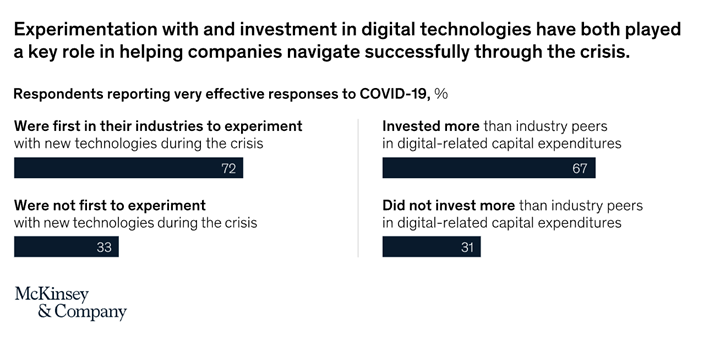
We see companies eagerly adapting to new technologies within their first release to beat competitors to the market. One of those was integrating OpenAI into platforms – some without a proper employee or customer onboarding strategy for using these new features. Ensure you start with a strategic change management strategy and adapt it with every digital release. Don’t rush to digital transformation; otherwise, competitors may bide their time with a better strategized and successful release. For example,
The pandemic forced fast digital advancements, but enterprises were able to optimize and improve change management strategies to adapt to these leaps in changes to workplace settings, economic fluctuations, and customer needs. They implemented so many changes that their process began to evolve quickly and for the betterment of their company. We saw an uptick in DAP implementations as budgets decreased and creative implementations were called for to address shrinking departments with larger workloads. DEX was more pertinent than ever during this time. Top talent was more likely to stay when supported by the appropriate resources.
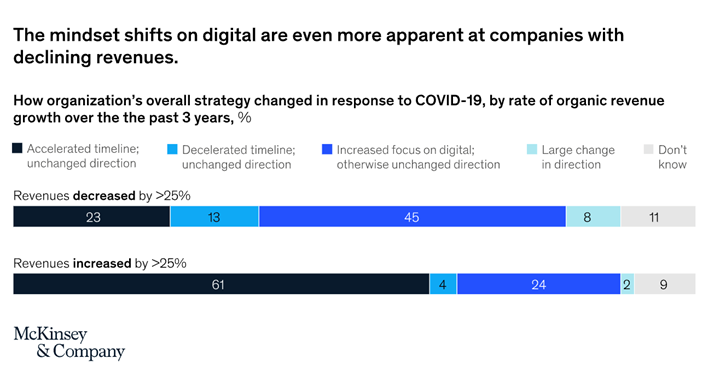
A positive digital employee experience fosters employee satisfaction, engagement, and retention. When employees feel supported and empowered in their digital roles, they are more likely to contribute their best efforts and be motivated to drive innovation, ultimately strengthening the company’s competitive position.
Strategically focusing on the DEX and CX and leveraging digital adoption solutions, businesses can effectively navigate the digital landscape, foster a culture of continuous learning, and gain a sustainable competitive advantage.
Digital Transformation and the Acceleration by Digital Adoption Platforms
Once upon a time, digital transformation was merely a buzzword that only a handful of organizations took seriously. However, as the demand for digital experiences continues to rise, businesses have realized the criticality of embracing digital transformation to stay competitive.
One key tool in pursuing successful digital transformation has emerged as a game-changer—the digital adoption platform. These platforms have become instrumental in helping organizations achieve their digital transformation goals by optimizing user adoption and engagement.
Digital Adoption Platforms streamline the user experience, making it more intuitive and personalized. These platforms enable users to easily adopt and navigate new tools and processes by simplifying complex software interfaces. This seamless adoption process enhances user satisfaction and increases overall adoption rates, driving the success of digital transformation initiatives.
Smooth onboarding is crucial for effective digital transformation, and digital adoption platforms provide interactive training sessions. These platforms accelerate the adoption process by reducing the learning curve and enabling users to grasp new digital tools’ functionalities quickly. Employees become more proficient, productive, and empowered to utilize digital resources effectively.
Automation is another key feature of digital adoption platforms. Employees can focus on more strategic and value-added activities by automating repetitive and time-consuming tasks such as data entry and form filling. This increased productivity enhances efficiency and fosters a positive digital work environment.
Data insights provided by Digital Adoption Platforms are vital in optimizing digital tools and processes. Organizations gain valuable insights into areas that require improvement by analyzing user behavior and software usage patterns. Data-driven decisions enable businesses to refine their digital strategies, enhance user experiences, and drive continuous innovation.
Digital Adoption Platforms offer ongoing support and guidance, ensuring organizations remain at the forefront of digital transformation. By staying updated with the latest technologies and best practices, businesses can adapt to evolving digital landscapes and maintain their competitive edge. The expertise and assistance provided by Digital Adoption Platforms empower organizations to overcome challenges, capitalize on opportunities, and achieve their digital transformation objectives.
Digital Adoption Platforms play a vital role in accelerating digital transformation for organizations. By enhancing user experience, streamlining onboarding and training, automating processes, providing data insights, and offering ongoing support and guidance, these platforms empower businesses to embrace digital transformation successfully. With their assistance, organizations can confidently navigate the digital landscape, achieve digital transformation goals, and gain a competitive advantage in today’s fast-paced digital economy.













